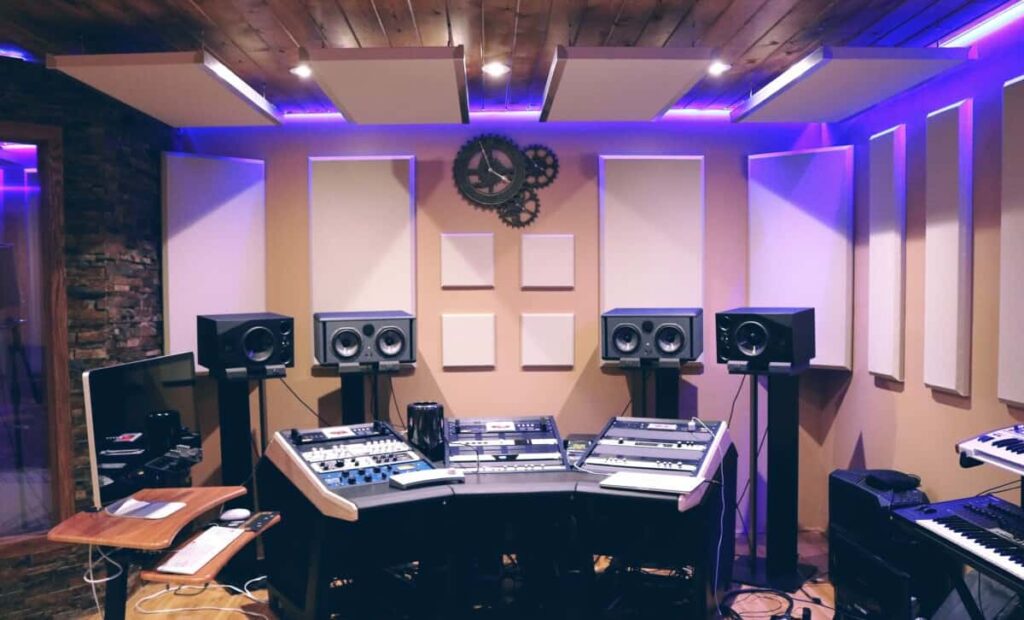
Acoustic foam panels are critical in managing sound quality in various spaces, such as recording studios, home theaters, and offices. They work by absorbing sound waves, reducing echo, and minimizing unwanted noise.
The effectiveness of these panels largely depends on their placement and the number used in a given space.
Table of Contents
1. Determining the Number of Panels Needed

Source: soundproofliving.com
To calculate the number of acoustic foam panels required, consider the room’s size and purpose. The general rule is to cover 20-30% of the total wall surface area.
For precision, measure the length and width of your room, and calculate the total wall surface area by multiplying these measurements. Then, determine 20-30% of this area to get an estimate of the coverage needed.
2. Room Size and Shape Considerations
The size and shape of the room play a crucial role. Larger rooms or those with irregular shapes may require more of them for effective sound absorption. It’s important to assess the specific acoustical needs based on room dimensions and layout.
3. Acoustic Foam Panel Types

Source: en.wikipedia.org
Different types of acoustic foam panels offer varying levels of sound absorption. Some common types include wedge, pyramid, and egg crate panels.
Each type has a unique structure and is effective for different frequencies and sound control needs.
4. Installation Tips for Optimal Sound Control
Proper installation is key to maximizing the effectiveness of acoustic foam panels. Ensure the panels are evenly distributed and securely attached to the walls. Avoid leaving large gaps between them, as this can reduce their overall effectiveness.
In conclusion, determining the right number of acoustic foam panels and their precise placement can significantly enhance the sound quality of a room.
By considering room size, shape, panel types, strategic placement, and proper installation, one can effectively manage sound reflections and create an acoustically balanced environment.
5. Strategic Placement for Maximum Effectiveness

Source: homestudioexpert.com
Strategic placement is crucial. Focus on areas where sound reflections are most prominent, such as walls directly opposite speakers.
Corners are also critical points, as they tend to trap bass frequencies. Employing bass traps in these areas can significantly improve sound quality.
6. Testing and Adjustments
After installation, it’s essential to test the room’s acoustics. This can be done using a variety of methods, from simple clap tests to more sophisticated equipment like decibel meters and frequency analyzers.
Testing helps identify any areas where sound may be reflecting or escaping excessively, indicating a need for adjustment in panel placement or additional coverage.
Adjustments might include repositioning them, adding more panels, or even removing some to find the right balance. It’s often a process of trial and error, and adjustments may be needed over time as the usage of the room evolves.
Conclusion

Source: storables.com
In summary, the effective use of acoustic foam panels involves a combination of understanding their properties, assessing the specific needs of the room, and being willing to test and adjust as needed.
By considering the thickness and density of panels, the functionality of the room, and engaging in thorough testing and adjustments, one can significantly improve the acoustic quality of a space.
This approach ensures that whether it’s for professional recording, enhanced audio in a home theater, or a quieter and more focused office environment, the investment in acoustic treatment yields the desired results.







